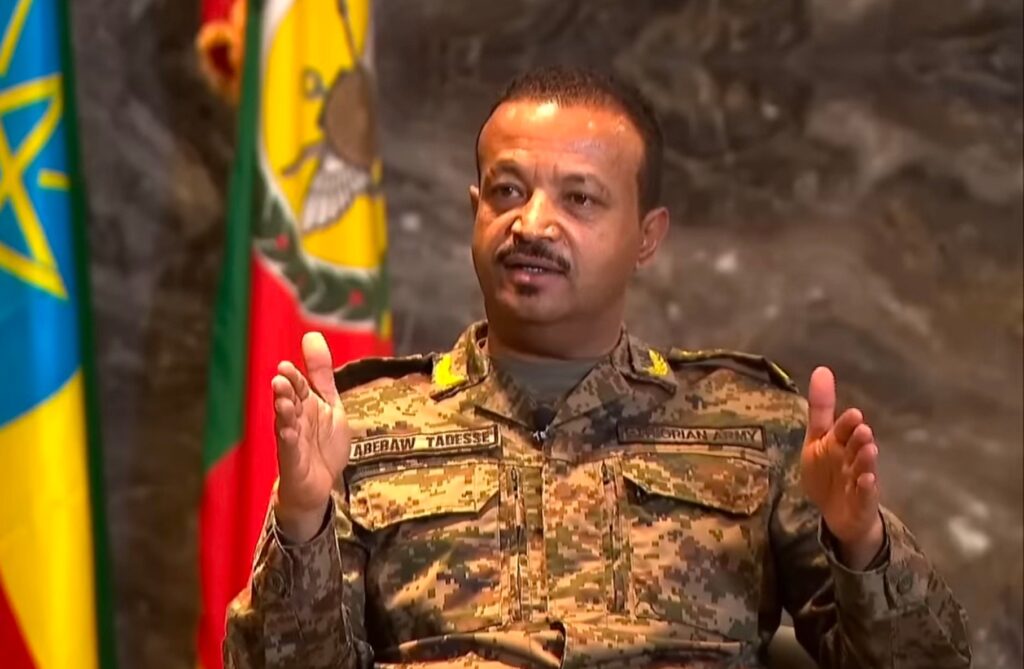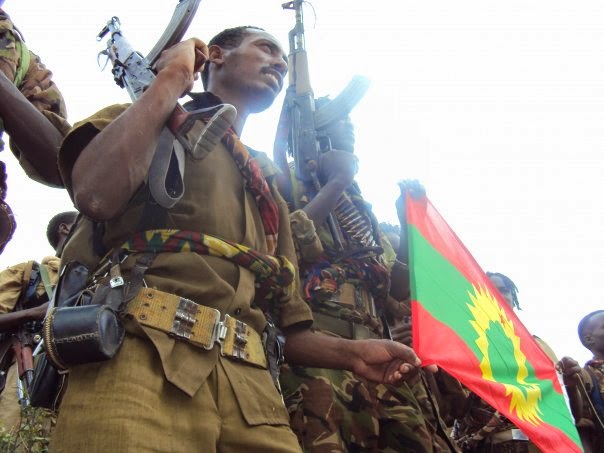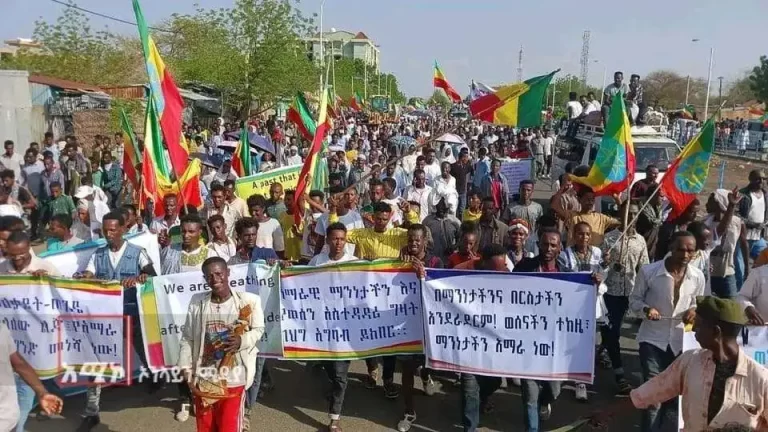A referendum to solve territorial dispute between Ethiopia’s northern Amhara and Tigray regions has threatened to disrupt the peace following the end of the civil war in Tigray a year ago.
Fighting erupted in Amhara over a plan to absorb regional paramilitary groups into the federal military and police, with local militias known as Fano briefly seizing control of some of the region’s towns.
Ethiopia’s government announced plans to resolve the territorial dispute between the Amhara and Tigray regions through a referendum. The vote aims to bring resolution to the ongoing tensions that have jeopardized the delicate peace in Tigray. The conflict arose when Amhara forces took control of fertile lands previously held by Tigray during the 2020 conflict. The disputed areas, located near Ethiopia’s border with Sudan, were a key flashpoint in the two-year conflict between the Tigray People’s Liberation Front (TPLF) and the federal government. Suggestions that Prime Minister Abiy Ahmed might return western Tigray and other disputed land to Tigray helped fuel the violence, which has turned into a rumbling insurgency in the countryside.
Western Tigray belongs to Tigray under Ethiopia’s constitution. But it was occupied by forces from neighboring Amhara province, which claims the area as its own. Hundreds of thousands of Tigrayans were forcibly expelled, prompting accusations of ethnic cleansing.
The regional government refuted allegations of ethnic cleansing by Amhara forces in the disputed areas. The disputed areas, located near the Ethiopian-Sudanese border, were a significant source of contention during the two-year conflict between the Tigray People’s Liberation Front (TPLF) and the federal government. The Abiy’s government has confirmed it plans to hold a referendum to resolve the bitter Tigray-Amhara territorial dispute. We believe such decision was made because Ethiopia’s constitution says territorial disputes between regions can be settled based on “the wishes of peoples concerned” when officials fail to reach an agreement.
Political violence has reached a high level of intensity in the northern Ethiopian region of Amhara, making it one of the most unstable areas in the country. After the government announced controversial plans to integrate regional special forces into other security institutions at the beginning of April 2023, the region has seen increasing unrest and frequent clashes between state forces and Fano and Amharic ethnic militias. The crisis escalated when the federal government ordered the Ethiopian National Defense Force (ENDF) to take action against “extremist” elements after an unidentified armed group killed the head of the Amhara Prosperity Party at the end of April. Fano and Amharic ethnic militias demand that ENDF troops withdraw from the region and they accuse the regional and federal governments of being dominated by ethnic Oromos. Moreover, they demand that Welkait, Tselemt, Humera, and Raya – areas in Tigray region with large Amhara populations – be officially brought under the Amhara regional government.

More on this story: Ethiopia’s Regional Forces Reintegration likely to put them in shadow
Amhara is the second most populated region of Ethiopia, home to more than 30 million people. Amhara’s representatives have generally been strong supporters of Prime Minister Abiy Ahmed’s government, and they played a key role in the war with the Tigray People’s Liberation Front (TPLF) forces – also known as the Tigray Defense Forces – from late 2020 through 2022. During that time, the Fano and other Amhara ethnic militias fought alongside the ENDF against the TPLF and took control of contested areas, including parts of Western Tigray zone.

More on this story: Ethiopia faces ethnic conflict, feeded by war crimes in Tigray
During and after the northern conflict, tensions grew between Amhara and federal forces around two central issues. First, political deadlocks on the status of Welkait, Humera, Tselemt, and Raya areas, which are officially located within Tigray region but contain many ethnic Amhara communities that seek to be incorporated into Amhara region. While the government indicated its interest in holding a referendum on the issue, opponents of the referendum argue that the TPLF-led government put these areas under Tigray region without consultation with the local population in the 1990s, and that the current administration should therefore make a direct political decision for these areas to be administered by Amhara region.
The second issue is the overall state of security for Amhara communities in Ethiopia. Government forces did not consistently defend against the TPLF advance in the region during the northern conflict in 2021 and 2022 as the ENDF withdrew from towns and cities in Amhara and Afar. Amhara civilians faced abuses by TPLF forces during the war, and Amhara settlers also faced intermittent violence in Oromia and Benshangul/Gumuz regions. The recent decision to eliminate regional special forces was regarded in Amhara as a threat to the region’s ability to protect itself against aggression from other regions. The government has also been accused of engaging in peace talks with the TPLF and the Oromo Liberation Front (OLF)-Shane, a rebel group in Oromia – also known as the Oromo Liberation Army – in a way that will prevent accountability for violence against Amhara communities.

More on this story: Ethiopian ethnic clashes as a sign of a weak government and risks of state split
While unrest in Amhara region had largely been limited to demonstration activity, violence has escalated since the government announcement of its regional special forces plan. Attacks on local officials have also increased. Reports indicate that regional police and kebele militias may be aligning with Fano militias, further exacerbating the crisis.The conflict poses a significant threat to security in Ethiopia as the region’s support is a cornerstone of the Abiy administration, with Amhara often regarded as the sole stable regional partner for the federal government. The escalating violence is a further indication that the peace agreement with the TPLF did not include concessions to a silent third main party to the conflict – Amhara region – and that the solution to the problem will require resolving the issues of the contested areas in Tigray. It will likely need to balance between trading off current Amhara instability and support for the federal government with future Tigray instability and no expectation of support from Amhara region.

More on this story: Ethiopia at risk of falling into authoritarian rule, defeating democracy




